| Structure | Name/CAS No. | Articles |
|---|---|---|
 |
Potassium ferrocyanide trihyrate
CAS:14459-95-1 |
|
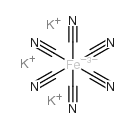 |
Potassium ferricyanide
CAS:13746-66-2 |
|
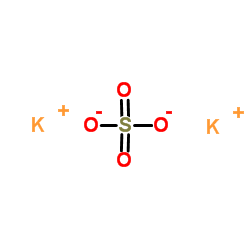 |
Potassium sulfate
CAS:7778-80-5 |
|
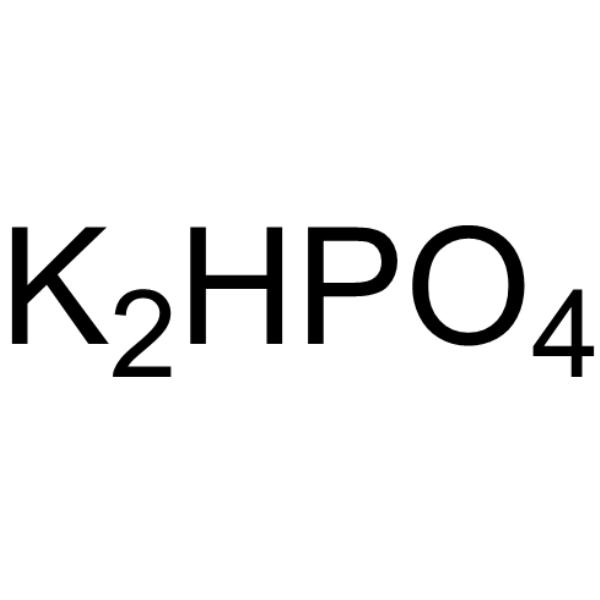 |
Di-potassium monohydrogen phosphate
CAS:7758-11-4 |
|
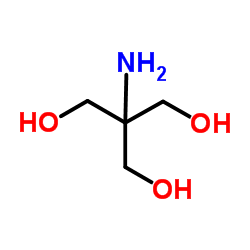 |
Trometamol
CAS:77-86-1 |
|
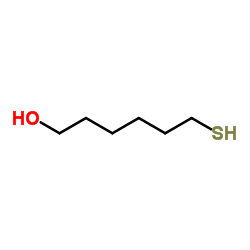 |
6-Mercapto-1-hexanol
CAS:1633-78-9 |
|
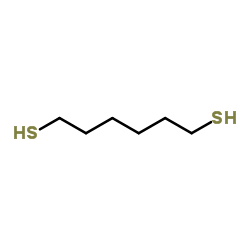 |
1,6-Hexanedithiol
CAS:1191-43-1 |
|
 |
Monopotassium phosphate
CAS:7778-77-0 |
|
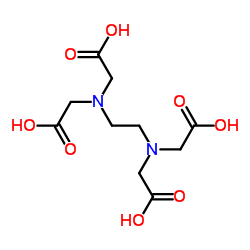 |
Ethylenediaminetetraacetic acid
CAS:60-00-4 |